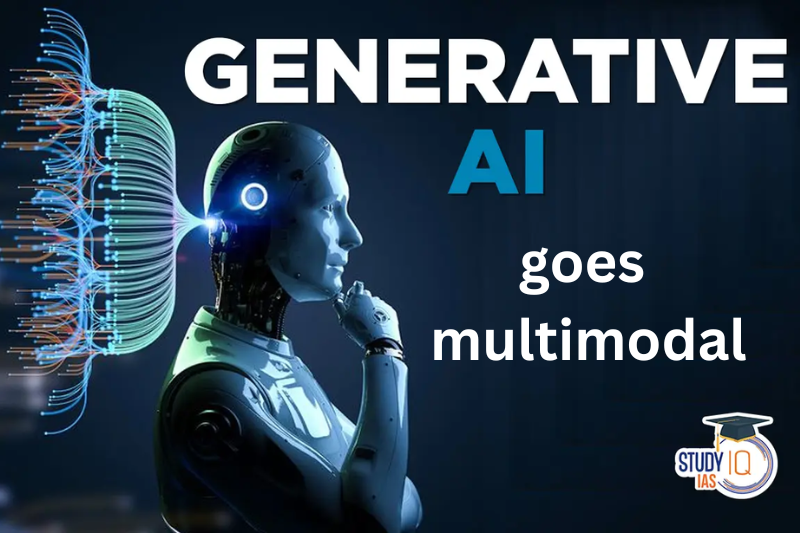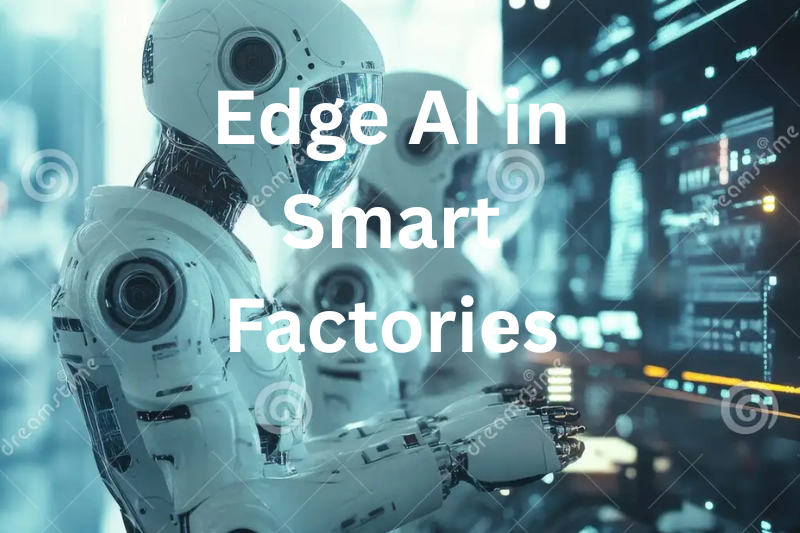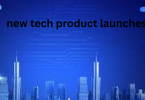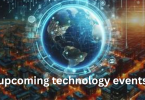Introduction
If you’ve been wondering what everyone means when they drop the phrase “trending technology updates,” think of it as today’s running news‑tape of breakthroughs
It tells you which inventions have just left the lab, which ones are already changing daily life, and—crucially—what perks and pitfalls come with each. Let’s unpack the most talked‑about updates of 2025 in plain, friendly language.
1. Generative AI Goes Multimodal

OpenAI’s new Sora model turns text prompts into 20‑second, HD video clips—no film crew required
Benefits: lightning‑fast concept videos, democratized creativity for small studios and teachers.
Drawbacks: deepfakes and job disruption worries for editors and VFX artists.
2. AI Infrastructure Booms
Nvidia revealed “AI factories” with 10,000 DGX B200 GPUs across Europe, aiming to power everything from drug discovery to car design.
Benefits: massive acceleration of R&D, new jobs in data‑science.
Drawbacks: heavy energy use, regional GPU supply gaps.
3. Quantum Computing Leaps
IBM’s Condor chip passed the 1,121‑qubit mark, while Google’s Willow showed better error‑correction in a 105‑qubit design.
Benefits: solvable chemistry problems that stump supercomputers.
Drawbacks: still bulky, expensive, and error‑prone for everyday work.
4. The First 6G Field Tests
South Korea’s ETRI pushed a wireless link to 200 Gbps; China opened the world’s first 6G test network
Benefits: orders‑of‑magnitude faster mobile data, ultra‑low latency for autonomous robots.
Drawbacks: fresh infrastructure costs, unknown health and security implications.
5. Wearable Health Tech 2.0
Smart rings such as Samsung Galaxy Ring now deliver AI‑enhanced sleep, stress, and heart metrics, while 2025 watches add blood‑pressure alerts.
Benefits: early disease warning right on your wrist (or finger).
Drawbacks: battery anxiety, sensitive medical data flowing to clouds.
6. Green‑Tech Breakthroughs
Huawei’s sulfide solid‑state battery patent promises 3,000 km (1,800 mi) EV range and 5‑minute charging, while perovskite‑silicon solar cells cracked 30 % lab efficiency.
Benefits: fewer charging stops, lower‑cost clean power.
Drawbacks: long certification cycles, new material‑supply chains.
7. Spatial Computing & XR
Apple previewed a Vision Pro refresh with an M5 chip and visionOS 26, making widgets anchor in real‑world space and adding realistic avatars.
Benefits: hands‑free multitasking, lifelike virtual meetings.
Drawbacks: steep prices, motion‑sickness for some users.
8. Edge AI in Smart Factories

Manufacturers using edge‑based predictive maintenance have slashed downtime by 50 % and cut maintenance costs up to 10 %.
Benefits: faster response, less cloud bandwidth.
Drawbacks: tougher device‑level security, skills gap on the shop floor.
9. AI‑Driven Cybersecurity
AI now hunts anomalies in real time; regulators urge “AI‑aware defence” plus zero‑trust frameworks.
Benefits: quicker threat detection, automated incident response.
Drawbacks: attackers also wield AI, and false positives can overwhelm teams.
You may also like to read these posts:
https://techtvhub.com/wp-admin/post.php?post=196&action=edit
https://techtvhub.com/wp-admin/post.php?post=188&action=edit
https://techtvhub.com/wp-admin/post.php?post=206&action=edit
https://techtvhub.com/wp-admin/post.php?post=213&action=edit
Quick‑Compare Table
| Trend | 2025 Highlight | Key Benefits | Main Drawbacks |
| Generative AI Video | OpenAI Sora | Rapid content creation | Deepfake risk |
| AI Infrastructure | Nvidia “AI factories” | Faster R&D | High energy use |
| Quantum Computing | IBM Condor / Google Willow | Solves complex simulations | Cost, error rates |
| 6G Trials | 200 Gbps demo (ETRI) | Ultra‑fast, low‑latency | Costly rollout |
| Wearables | Galaxy Ring, BP‑aware watches | Early health alerts | Data privacy |
| Green Tech | 1,800 mi solid‑state EV battery | Longer range, clean energy | Supply‑chain hurdles |
| XR / Spatial | Vision Pro M5 + visionOS 26 | Immersive work & play | High price, nausea |
| Edge AI | 50 % less downtime in factories | Real‑time insights | Security complexity |
| AI Cybersecurity | Zero‑trust + AI defence | Faster breach response | Adversarial AI |
Final Thoughts
Keeping tabs on trending technology updates isn’t just tech‑geek trivia—it’s practical foresight. Each shiny breakthrough carries both promise and caution tape.
By weighing benefits against drawbacks early, you can decide which trends to adopt, which to watch, and which to treat with healthy skepticism. Stay curious, safeguard your data, and remember: in tech, today’s “wow” is tomorrow’s “baseline.”
📌 FAQS
Q1: What does the term “trending technology updates” actually mean?
A: It refers to the most recent, popular, and widely discussed developments in the world of technology. These updates include new gadgets, software, platforms, and scientific breakthroughs that are currently shaping industries and our daily lives.
Q2: Why is it important to follow trending technology updates?
A: Because technology is changing rapidly. Staying updated helps you make smarter choices—whether it’s buying new devices, adapting your skills for future jobs, or protecting your personal data.
Q3: How often do technology trends change?
A: Pretty quickly! Some trends shift within months, while others evolve over years. For instance, AI and wearable health tech are long-term trends that are still growing in 2025, while 6G is just entering early testing.
Q4: Where can I get reliable trending technology updates?
A: Some trusted sources include:
Websites like TechCrunch, Wired, The Verge, MIT Technology Review
YouTube channels like MKBHD, Linus Tech Tips
Podcasts like Waveform or The AI Breakdown
Follow official blogs of companies like Google, Apple, Microsoft, and OpenAI
Q5: Do I need technical knowledge to understand these trends?
A: Not at all! Many platforms (like this article 😄) break down complex topics in simple language. You can gradually learn the basics and then explore in more depth if you’re curious.




